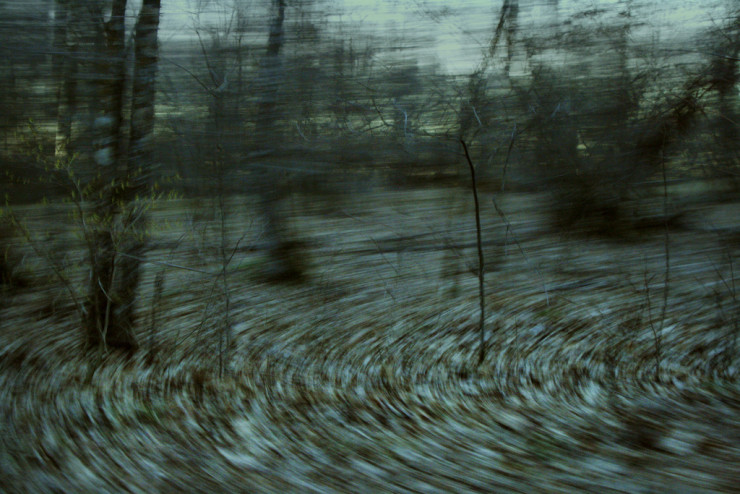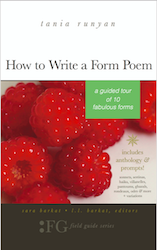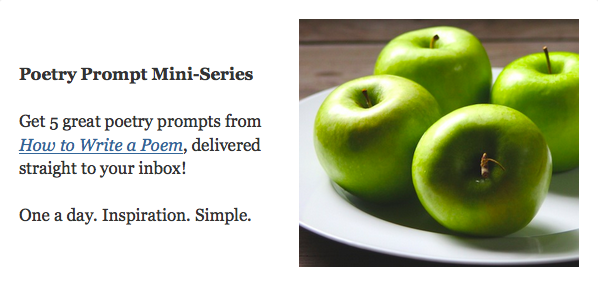The “Her Kind” Poem
I have gone out, a possessed witch,
haunting the black air, braver at night;
dreaming evil, I have done my hitch
over the plain houses, light by light:
lonely thing, twelve-fingered, out of mind.
A woman like that is not a woman, quite.
I have been her kind.
I have found the warm caves in the woods,
filled them with skillets, carvings, shelves,
closets, silks, innumerable goods;
fixed the suppers for the worms and the elves:
whining, rearranging the disaligned.
A woman like that is misunderstood.
I have been her kind.
I have ridden in your cart, driver,
waved my nude arms at villages going by,
learning the last bright routes, survivor
where your flames still bite my thigh
and my ribs crack where your wheels wind.
A woman like that is not ashamed to die.
I have been her kind.
—Anne Sexton
Click to get FREE 5-Prompt Mini-Series
Her Kind Poem Analysis
The tone of Anne Sexton’s poem “Her Kind” is quiet, being devoid of clear-cut scenes or dialogue, and yet with an intense sense of story, emotion, and imagery. A strange, wistful remembrance it somehow seems, queer as that may be, of a woman who has long been dead. Yet with all that, there is a vitality that comes of the narrator, existing in clear contrast to the trajectory of the poem, which contributes toward the infusion of a strange fascination present in the work.
What provides this sense of tone? Images are key; from the very first the reader is struck by a woman “haunting the black air… over the plain houses, light by light”, an intensely solitary and isolated image, and yet not quite lonely, though the word is used. The unnamed narrator, whose existence is from the first liminal, also has the power and freedom of the role which comes not from the situation but from the intense self-possession of the character, that carries through even toward her death, and with the long-ago sense of the poem, even beyond the grave. Yet, even the narrator is not clearly the character that is spoken of, but becomes her through the telling. This sense of mutability exists on every level, from the narrator who may or may not be the witch spoken of, to the sense of character and time.
The poems’ three stanzas take place in three distinct settings; snapshots, or rather still-lifes, of three different states, connected by a sense of inexorable time, of time long passed, a sense that builds to its conclusion in the last stanza. The second stanza is filled with images, one after another: “skillets, carvings, shelves, closets, silks, innumerable goods” that take the mind to the cave mentioned, each word adding another layer of being lived-in that contrasts and yet compliments the stanza it succeeds—but even now the loneliness, or rather the alone-ness, remains, for the woman makes “the suppers for the worms and the elves.” Whatever the literal meaning of the line—if it even has one—the sense is of juxtaposition and alienness. In the last stanza almost every image is connected with death or impending death, and the spectacle of it, the witnesses watching coming to include even the reader. But it stops then.
The word choices are as intense as the images, unique and unexpected in a fashion, and again full of the juxtaposition and shifting nature that pervades the entire poem. “[D]reaming evil” the “lonely thing [is] twelve-fingered, out of mind.” The “warm caves in the woods, ” the “rearranging [of] the disaligned, ” the surprise choice of words with which to pair, the way she “waved … nude arms at villagers going by” which only hints at answers, but brings the mind to question. Like a dream, the images are there but the purpose is uncertain, and the poem flows from one scene to the next without regards to logic but only some deeper insight. Then the way the sentences travel, from longer collections of sensations and scenes, to, near the end of the stanzas, simple statements which complete each picture, adding a sudden sharp insight, a personal confession, contradictory or wry, and then the last repeating phrase, that refrain which seems to have meaning yet cannot be parsed or pinned down: “I have been her kind.”
Photo by Craig Myran Photography, Creative Commons, via Flickr. Poem analysis by Sara Barkat.
- Good News—It’s Okay to Write a Plot Without Conflict - December 8, 2022
- Can a Machine Write Better Than You?—5 Best (And Worst) AI Poem Generators - September 26, 2022
- What to Eat With Dracula: Paprika Hendl - May 17, 2022




Megan Willome says
Here’s what’s excellent about your essay, Sara–you acknowledge ambiguity. Certain things in Sexton’s poem might mean something in particular, or they might not, as you acknowledge when you write, “that refrain which seems to have meaning yet cannot be parsed or pinned down.” Poetry always has meaning. The parsing and pinning is something else entirely.
Maureen Doallas says
Beautifully written, Sara. There are few students of your age who could write so cogent an analysis of Sexton with such understanding of the poem’s meaning, form, images. What a pleasure this is to read.
Donna says
Sara, this blows me away. I’m wondering… how long did it take you to see all of this? Did it (your understanding of the poem) come easily? I love it! 😀
Kathryn Neel says
Brilliantly done, Sara, brilliantly done.
Richard Maxson says
Sara, This is an amazing analysis of Sexton’s poem. I am glad I hung onto my hat as warned. Anne Sexton was one of the first poets who started my poetic journey and I did an essay on her in college. I must tell you, your is much better. You are a very talented writer and observer.
Sara Barkat says
Thank you everyone. 🙂
Donna, I began to see things as I wrote. I didn’t have any ideas before I started. I spent about an hour writing it.
Dolly@Soulstops says
Thank you, Sara. Delightful.
robinlyn schierenbeck says
Anne Sexton has knocked me out of my comfort zone!